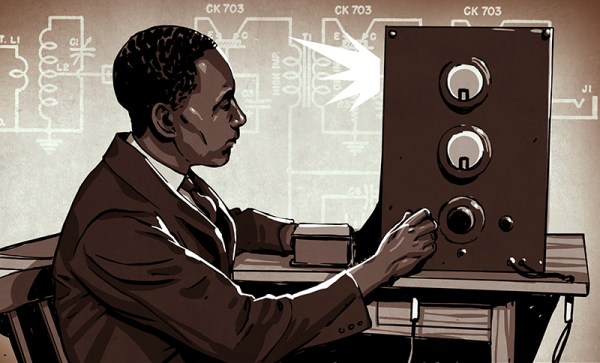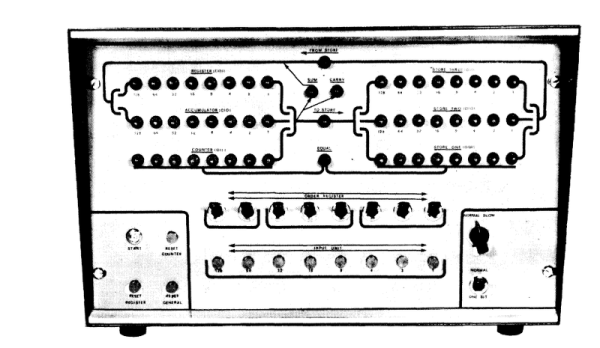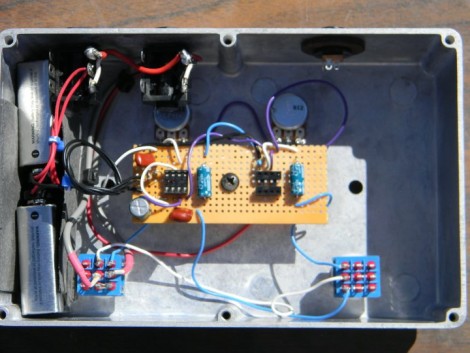Few births are easy. Even fewer result in a Nobel Prize, and hardly any at all are the work of three men. This 1965 film from the AT&T archives is a retrospection on the birth of the transistor nine years after its creators, [Walter Brattain], [John Bardeen], and [William Shockley] received a Nobel Prize in Physics for their discovery and implementation of the transistor effect.
The transistor is the result of the study of semiconductors such as germanium. Prior to the research that led directly to the transistor, it was known that the conductivity of semiconductors increases when their temperature is raised. The converse is true for metals such as tungsten. Semiconductor conductivity also increases when they are exposed to light. Another key to their discovery is that when a metal such as copper is in contact with a semiconductor, conductivity is less in one direction than the other. This particular property was exploited in early radio technology as seen in crystal radios, for copper oxide rectifiers used in telephony, and for microwave radar in WWII.
After WWII, AT&T’s Bell Labs put a lot of time and research into the study of semiconductors, as their properties weren’t fully understood. Researchers focused on the simplest semiconductors, silicon and germanium, and did so in two areas: bulk properties and surface properties. During this time, [Shockley] proposed the field effect, supposing that the electrons near the surface of a semiconductor could be controlled under the influence of an external electric field.
Continue reading “Retrotechtacular: The Genesis Of The Transistor” →
















